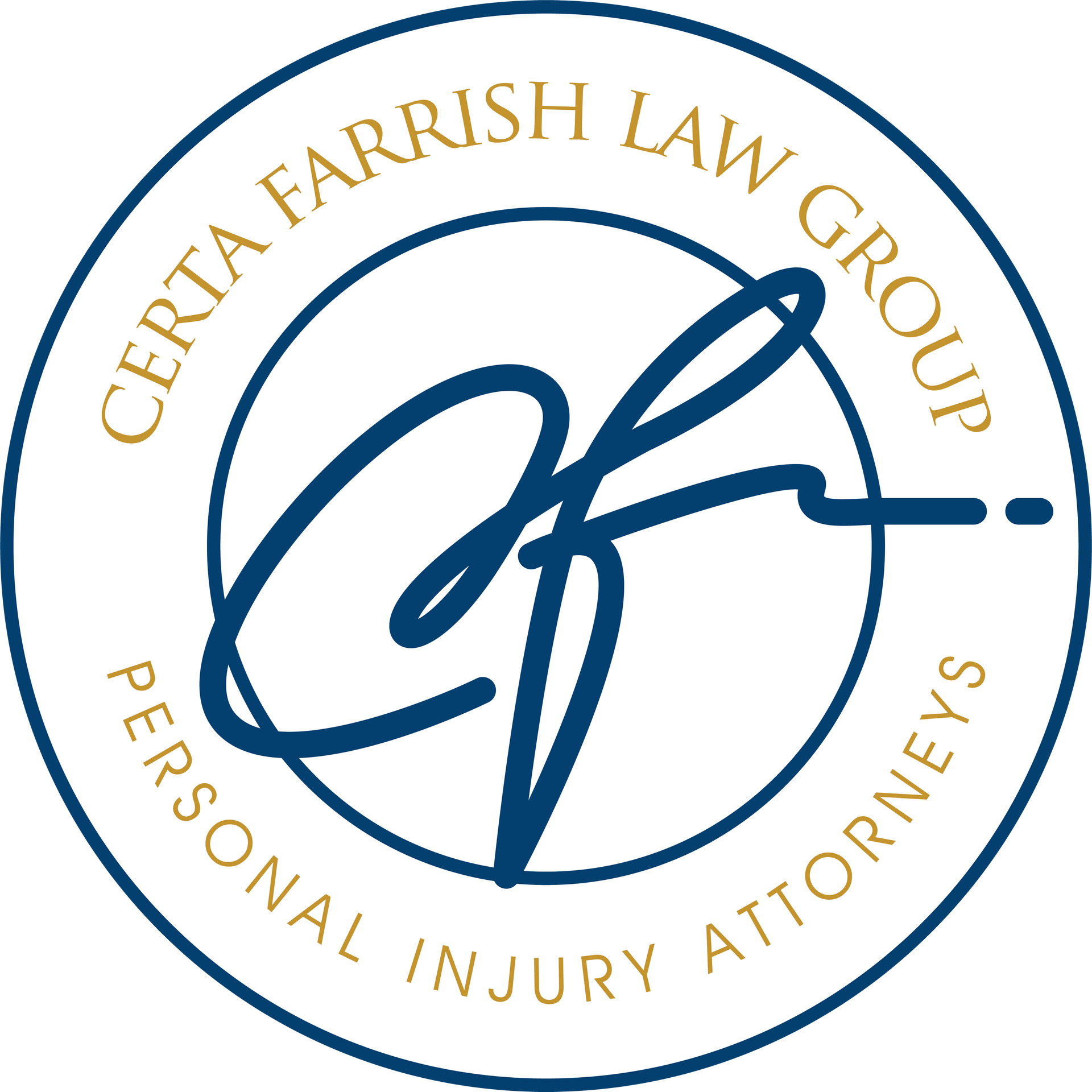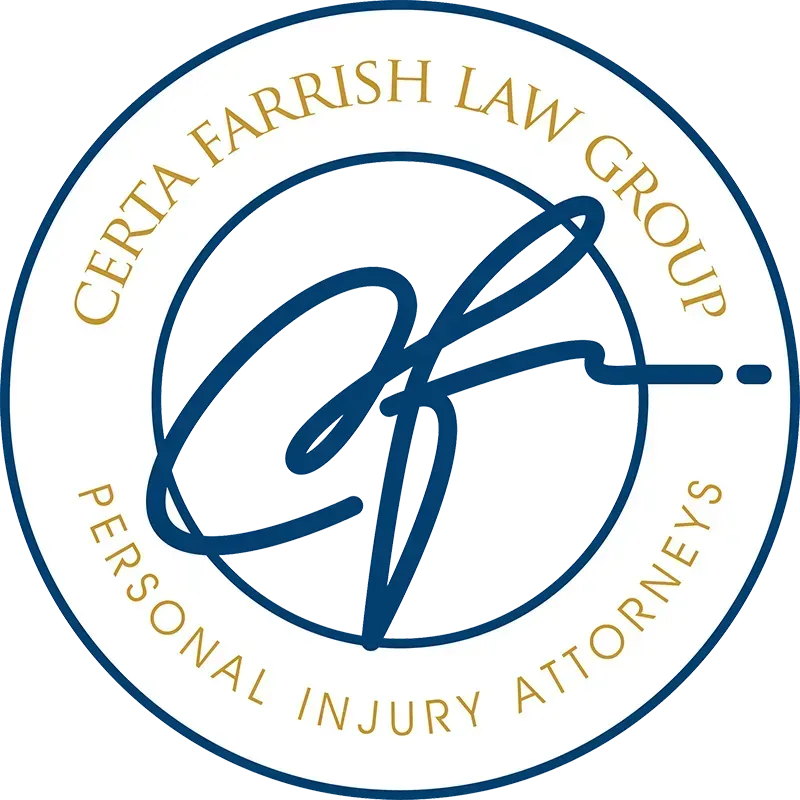From Aisle to Injury: What to Do Next
Edmonds Slip & Fall Attorneys
A fall can happen in seconds and change your week. If you’re looking for an Edmonds slip and fall lawyer, we’ll help you sort out the next steps and protect your claim. From grocery and retail spots along Highway 99/Aurora to parking lots near the Edmonds Bowl and stairwells in local apartment buildings, we handle cases across the city and coordinate care with nearby clinics when injuries need attention.
Simple Steps That Strengthen Your Claim
After a slip or fall, small actions after an accident help more than you think. Be sure to report the incident to the property owner, ask for an incident report, photograph the spill or hazard and your shoes, and save receipts for any medical visits or supplies. If there were witnesses, collect names and contact details so they can be interviewed later. At Certa Farrish Law Group, we can help step in to request footage from the accident right after it happens so it isn’t overwritten, and we’ll organize your records to keep your claim moving.
Connecting Store Practices to Your Injury
Premises cases turn on what the business knew (or should have known) and when. We look for cleaning logs, prior complaints, and surveillance to show a hazard existed long enough to be addressed. In parking lots near the Edmonds Bowl, lighting, drainage, and signage matter; inside stores along Aurora, policies on inspections and spill response can explain why a floor stayed slick. Our goal is to connect the timeline to the injury with clear, verifiable proof.
Insurance Basics for Edmonds Falls
Washington operates as a fault-based state. The property owner’s insurer typically evaluates liability and damages, while your health insurance may pay early medical bills. Keep copies of medical records, bills, and any out-of-pocket costs. Similar to car accident cases, most injury claims have a general three-year window, but evidence like camera footage or maintenance data may not last that long, so acting quickly matters. If questions come up about wage loss, we’ll help you document missed time and reduce back-and-forth with adjusters.
Practical Help While You Heal
A fall ripples through your routine—work shifts, childcare, therapy appointments. We keep you updated, answer questions quickly, and line up records so you aren’t repeating the same story to different offices. Whether the injury happened at a corner market off SR-104 or a multi-level garage by downtown, we’ll align the plan with your schedule and make sure the practical stuff doesn’t get lost.
Edmonds Slip and Fall FAQs
The store had a “wet floor” sign—does that end my slip and fall claim in Edmonds?
Not necessarily. A sign can help warn customers, but placement and timing matter. If the sign was around the corner, placed after your fall, or didn’t cover the actual slick area, liability may still exist. Photos and witness statements help clarify how effective the warning really was.
I slipped outside near the Edmonds Bowl—who is responsible for sidewalks and parking lots?
Responsibility depends on who controls and maintains the area. For lots, we look at the property owner or manager; for sidewalks, it may involve the adjacent property or a maintenance contractor. Drainage, lighting, plowing/sanding, and repair history can all factor into fault.
What evidence helps most for a slip and fall in a Highway 99/Aurora store?
Start with an incident report, photos of the hazard, your shoes, and your injuries, plus the exact time and location. Ask if the store will preserve video. Keep medical records and receipts, and note any staff comments about prior spills or leaks.
I was looking at my phone when I fell—does comparative fault mean I have no case?
Comparative fault may reduce compensation, but it doesn’t automatically bar recovery. If the hazard was hard to see, existed for too long, or wasn’t addressed under reasonable policies, you may still have a claim. We use logs, video, and timelines to keep the percentages fair.
What is the general deadline to bring a slip and fall claim in Washington, and why act quickly?
Many injury claims have a general three-year window, but key proof—surveillance video, cleaning logs, and repair records—can disappear far sooner. Early steps help secure that evidence and strengthen negotiations. If you’re unsure where to start, call us and we’ll outline next steps today.


